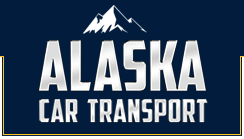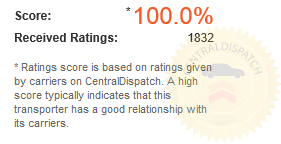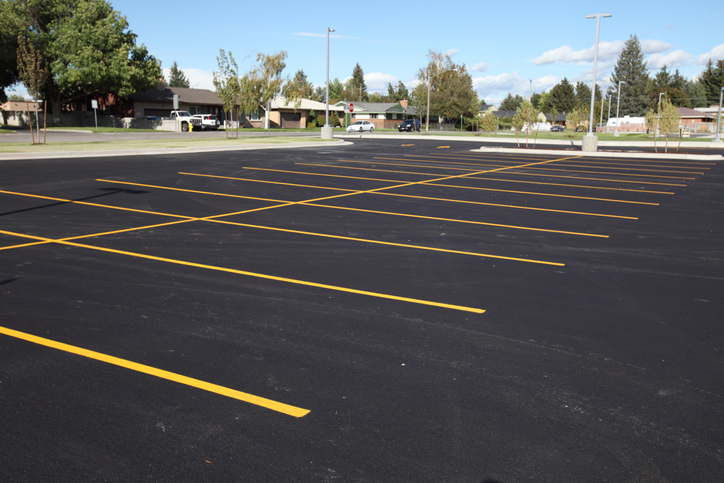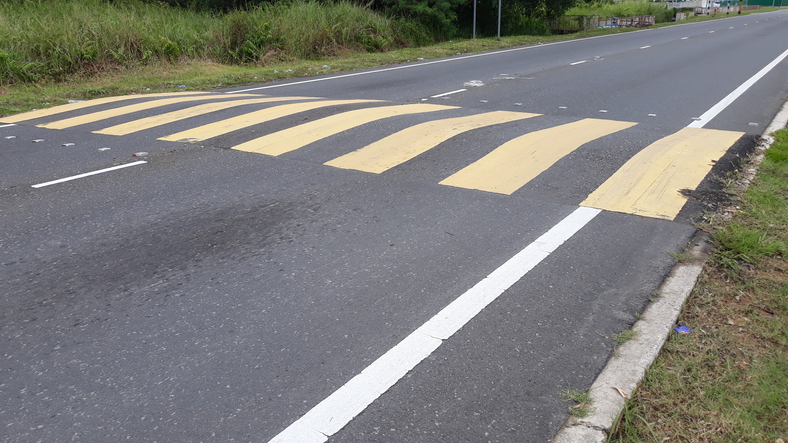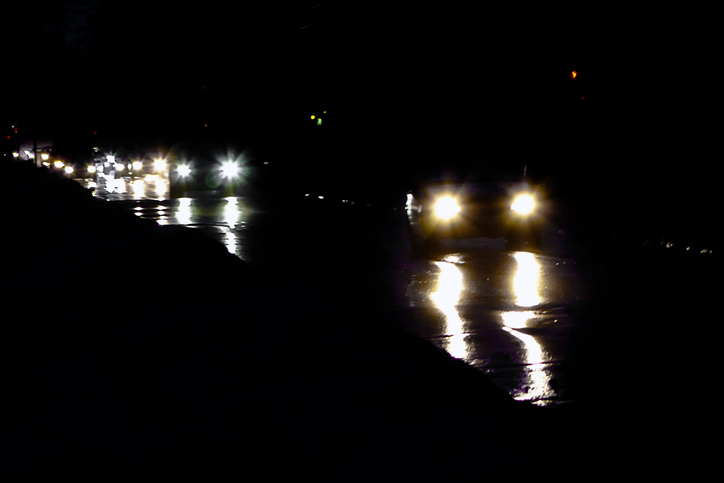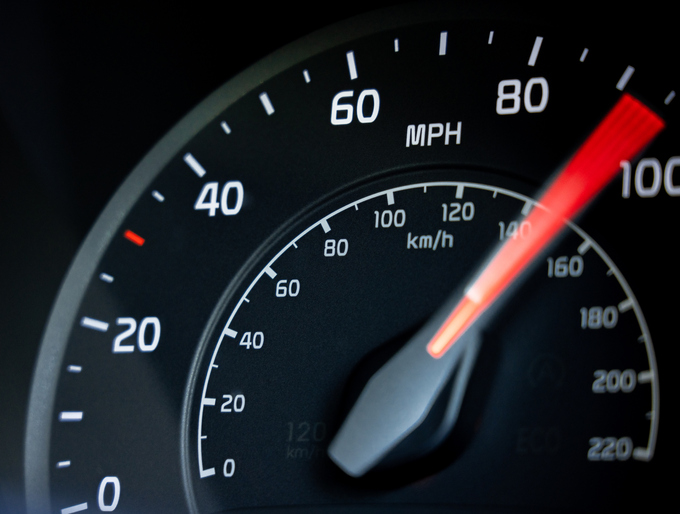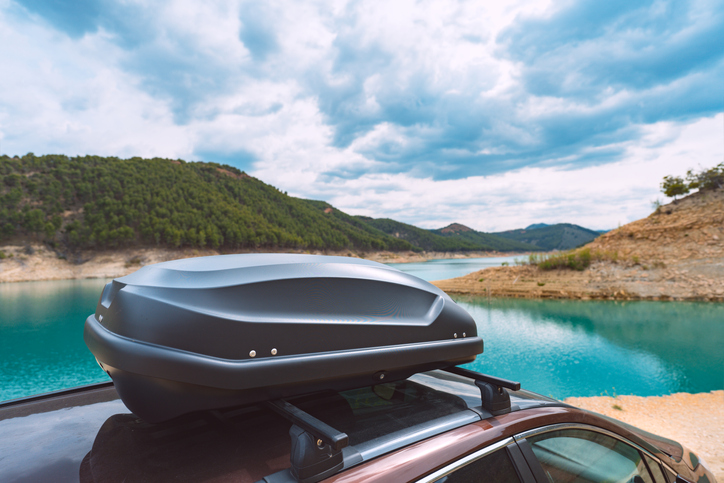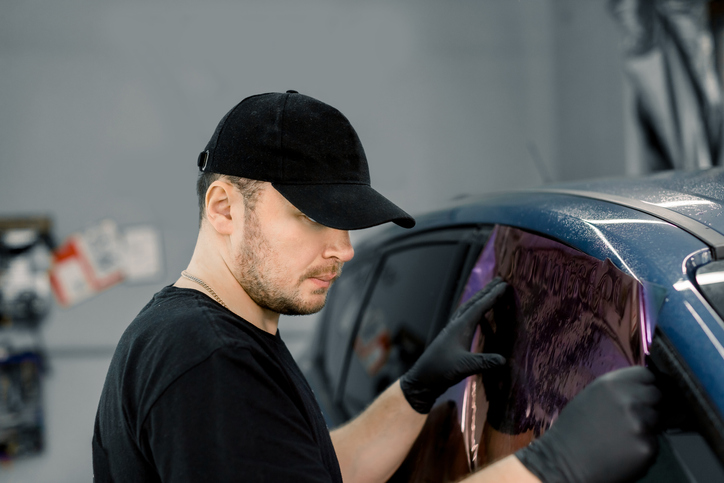The location of your blind spot when you are driving
How to safely check your blind spot
Final word
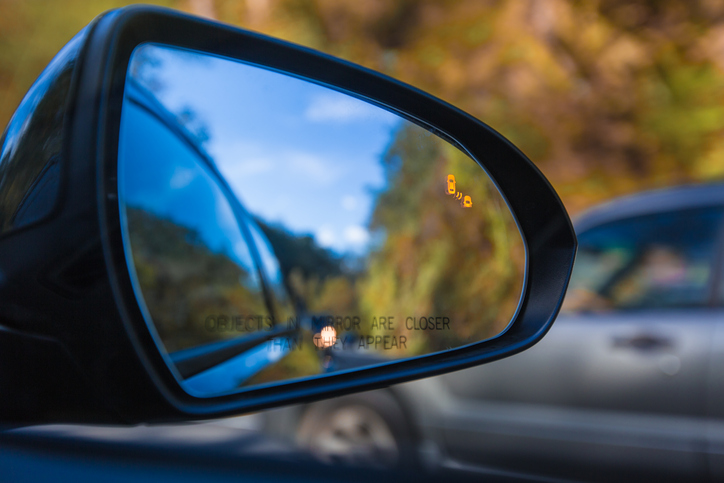
The location of your blind spot when you are driving
The position of your blind spot when you are driving is behind and to the side of the driver on each side of the car. Specifically, the blind spot is the area that is not visible in the side mirrors or rearview mirror. It is normally located over either of the driver’s shoulders and extends diagonally toward the rear of the car.
Failing to check your blind spot before merging onto a highway or changing lanes can lead to disastrous consequences. It can result in a crash with another vehicle, which can cause significant damage to either car, injuries, and even death. Blind spot collisions cause over eight hundred thousand deaths per year and several hundred fatalities according to the NHTSA.
How to safely check your blind spot
Checking your blind spot is a simple process, but one that must be done correctly and never haphazardly. You can safely check your blind spot in Alaska by:
- Adjust your mirrors – Adjust your sideview mirrors to ensure they are positioned correctly to minimize your blind spot. You should be able to see the sides of your car in the mirrors as well as the space directly next to the side of your car. If you cannot see both with your sideview mirrors, then they are not correctly adjusted.
- Check over your shoulder – Prior to changing lanes, turn your head and look over your shoulder in the direction you intend to go. This will help you identify any cars, pedestrians, or other obstacles that might be in your blind spot.
- Use blind spot assist technology – Many newer vehicles come equipped with blind spot assist technology. This feature will alert you if a vehicle is in your blind spot using visual warnings and/or physical assistance. There are a few different types of blind spot assist technology. In general, a warning light will either appear on your windshield or sideview mirror. With really advanced blind spot assist technology, this can be paired with steering and/or braking assistance.
- Use your peripheral vision – Even with your mirrors adjusted correctly, it’s still important to use your peripheral vision to scan your surroundings while driving. This will help you identify any potential hazards, including those in your blind spot.
However, you should be aware that using your peripheral vision or your car’s blind spot assist technology will not be a substitute for actually turning your head and physically checking your blind spot. You will still need to completely check your blind spot before you change lanes or merge.
Final word
It’s crucial to prioritize your safety and that of other drivers by checking your blind spot before merging onto a highway or changing lanes. Despite thoroughly examining your side and rearview mirrors, cars in your blind spot will not be visible. Therefore, it’s imperative to rapidly turn your head towards the direction you intend to merge and check your blind spot before proceeding. If you are considering shipping a car to Alaska and are wondering how much it might cost or how long it will take, you can always get an estimate for your specific shipping needs by using our Alaska car shipping calculator at anytime!
